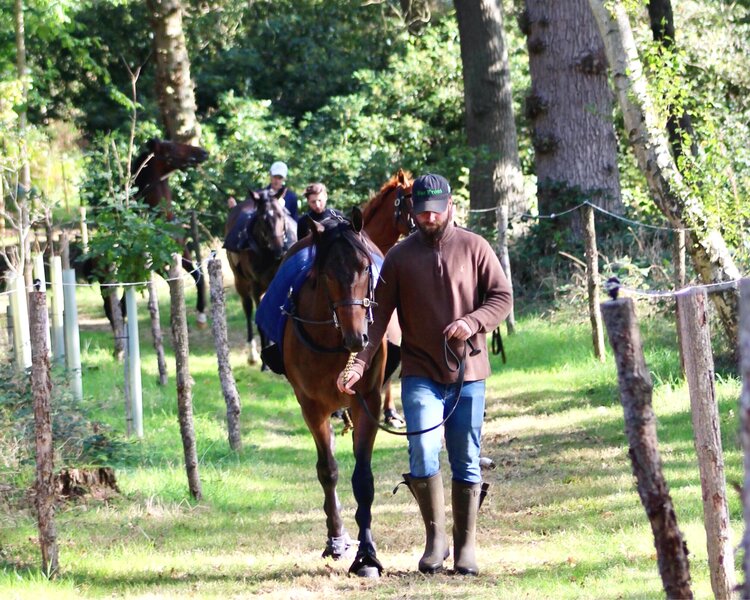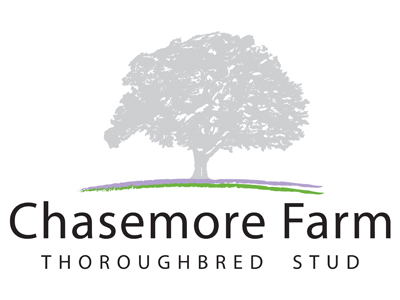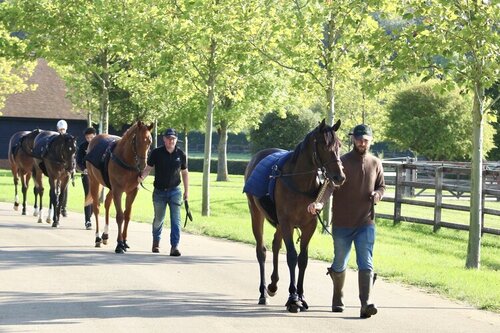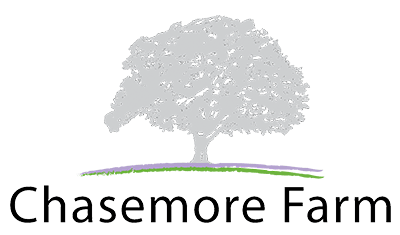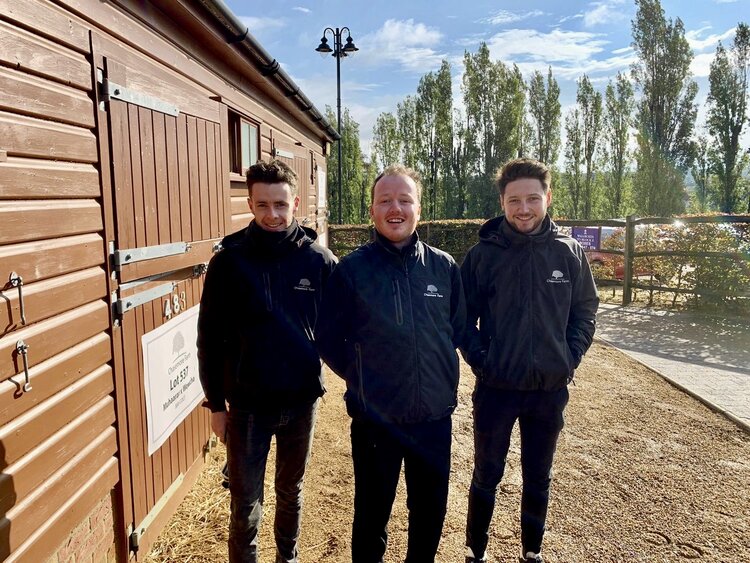
When does sales prep start for the yearlings?
In a normal year we would start the week of Royal Ascot for the first yearling sale of the year, the Arqana August Yearling Sale. Generally each horse will have an eight to ten-week prep.
What is the daily routine for the yearlings in this prep period and how does it change as the sale gets nearer?
Jack (the Farm Manager) and I come in at 6.20am to feed and check over the horses and do any treatments or medications. During the first week of prep we give the horses a bath, pull their manes, tidy them up and get a rug on them for the first time and let them get used to their new surroundings.
Week two begins with putting the rollers on them for the first time and then adding side reins/bungees a few days later. In terms of exercise we start the yearlings on the walker for 30 mins and increase this by five minutes a week until we get up to an hour a day. Then we alternate days between hand walking in our two custom-built hand walking tracks which have a steady incline in each of our woodland areas (a great addition to the farm!) and lunging.
After exercise, each horse gets turned out for a couple of hours a day - weather permitting! - which I feel is important as the prep can be a stressful period for them and it’s nice for them to get them their heads down in their natural environment. Afternoons are generally spent grooming and hot towelling with some practice showing on our lovely rubber showing strip.
How does their feeding programme change in this period?
Each yearling has their own individual diet based on their physical condition, temperament and exercise plan. As their exercise increases, we step their feeds up as their energy requirements are higher. We weigh them every fortnight and adjust their diets from there.
How do you ensure you don’t overstress muscles, joints, ligaments, etc in such young horses?
We ice and clay horses whose joints come under stress or strain. We feed a range of different supplements also such as Kurasyn, Synovate and MSM which support joint mobility and aids stiffness.
Is it also important to train the yearlings to be comfortable around other horses, as they will be at the sales?
On our main yard the fillies and colts can see each other across the yard all of the time. This is a huge benefit as at the sales you could have a boisterous colt stabled next to somebody else’s filly. Also, as previously mentioned, we do a lot of practice showings in the afternoons. Furthermore, we have weekly shows for a number of agents and trainers throughout the prep.
Will you be at the sales to oversee the yearlings selling? What do you do on a daily basis during the sales?
Yes, I’ll be at Tattersalls. We have 12 yearlings between Books 1 to 3. We come in on the mornings and give everything a walk for at least 30 minutes and give some of them a lunge as someone mucks out their boxes and gives them fresh hay and water. Then we bring them back in and groom/hot towel and scrub and oil their feet and put their sheets back on to keep them nice and clean. We put their show headcollars and grooming kits out.
Then we all go for breakfast and are usually ready to start showing by 8am. We usually start wrapping the day up around 4.30am. We bring them in for another walk, rug them up and feed them. Then we alternate late checks between us until 8pm when we give the horses another feed, top up their hays and waters and turn off their light.
On sales days, we start putting the finishing touches on the horses before they go up to the pre-sales ring around 15 lots before they sell. Then my job is done and the horse’s fate is in the hands of the auctioneer!
It goes without saying that all Chasemore Farm youngsters are future champions... but do you have one or two favourites among the Class of 2020?
We’ve a cracking Shalaa colt out of Illaunmore (Lot 212) in Book 1, a real Royal Ascot two-year-old type. There’s also a very strong, good moving Kodiac colt out of Illaunglass (Lot 863) who I think is very well placed in Book 2.
